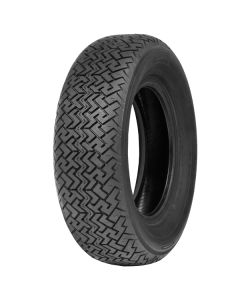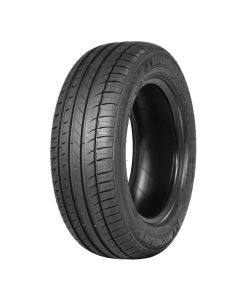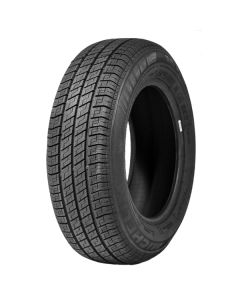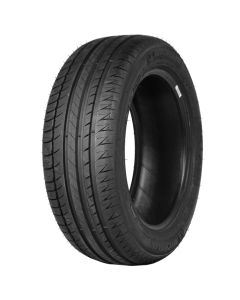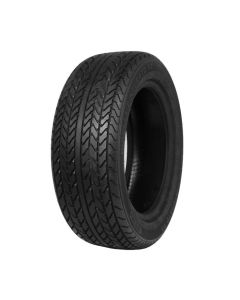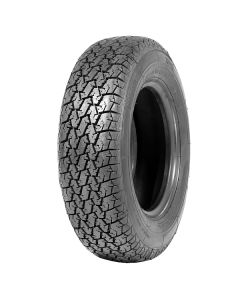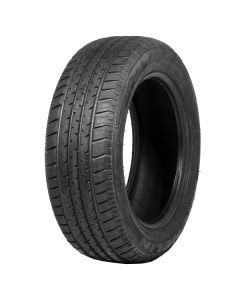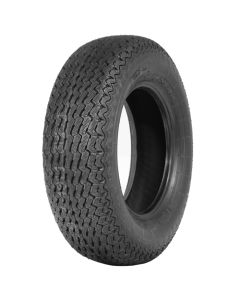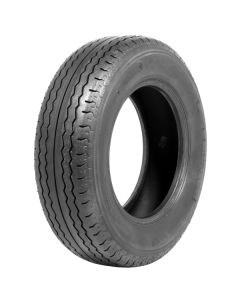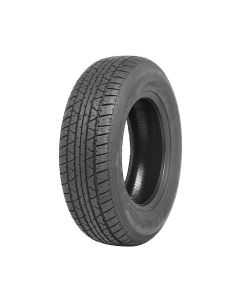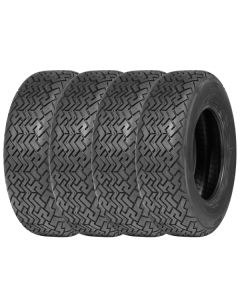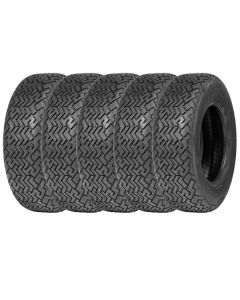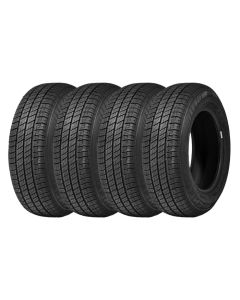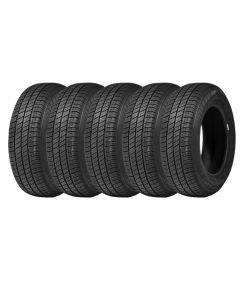Honda Integra tyres

1989 Honda Integra 3 Door Hatchback
Honda Integra 1985–2006
- The Mk1 1.5L Integra fitted 185/70 - 13. The tyre we recommend in this size is the 185/70 VR 13 PIRELLI CINTURATO CN36. These tyres can fit the Michelin 13E innertube.
- The Mk1 EX16 Integra fitted 185/60 - 14. The only tyre in this size is the 185/60 VR 14 Michelin Pilot Exalto PE2, this tyre is a brilliant sports car tyre in a size very common among youngtimer sports cars and hot hatches. The PE2 is a fantastic competition tyre as well as a road tyre thanks to its competition-based compound that gives a brilliant grip.
- Tyres with a profile below 70% (e.g 185/60 VR 14 Michelin Pilot Exalto PE2) should not fit innertubes.
- The Mk2 Integras and the Mk3 Integra RS, LS and GS (until 1997) fitted 195/60 - 14. The only tyre in this size is the 195/60 VR 14 Michelin MXV3-A. The MXV3-A offers brilliant grip and comfort in both wet and dry conditions.
- The Mk3 Integra GS-R, Integra SE, Integra GS, (from 1998 onwards), Integra LS (1999 onwards) and the Integra Type R fitted 195/55 -15. The 195/55 VR 15 Michelin Pilot Exalto PE2 is the only tyre in this size but offers the same high-quality competition compound and brilliant grip as the aforementioned PE2 tyre.
- The JDM '98 Spec R Integra fitted 215/45 R16 tyres, sadly, no classic tyre manufacturers yet make a tyre in this size.
- The Mk4 Integra, also known as the Acura RSX in export markets fitted 205/55 R16. The tyre we recommend in this size is the 205/55YR16 PIRELLI CINTURATO P7. This tyre has been fitted to many classic sports cars and offers incredible directional stability and grip.
- the RSX Type S fitted 215/45 - 17, however, unfortunately, no classic tyre manufacturers currently make a tyre in this size.
Honda Integra Pressures
| Model | Generation | Front (Psi) | Rear (Psi) |
|---|---|---|---|
| Integra 1.5 & DX | Mark 1 | 26 | 26 |
| Integra EX16 | Mark 1 | 26 | 26 |
| Integra GS (3 and 4 door) & GS-R | Mark 2 | 28 | 28 |
| Integra LS & RS | Mark 2 | 29 | 29 |
| Integra GS (Until 1998) & GS-R hatchback | Mark 3 | 28 | 28 |
| Integra GS-R | Mark 3 | 35 | 33 |
| Integra LS (Until 1999) & RS | Mark 3 | 29 | 29 |
| Integra GS (Post 1998) & Integra LS (Post 1999) | Mark 3 | 35 | 33 |
| Integra SE | Mark 3 | 35 | 33 |
| Integra Type R | Mark 3 | 35 | 33 |
| RSX | Mark 4 | 33 | 32 |
| RSX Type S | Mark 4 | 33 | 32 |
History of the Honda Integra
The Integra debuted in Japan in the February of 1985 as the Honda Quint Integra, predating the Acura luxury line of Honda vehicles by a year. The following year however, the Integra was released in the states as the Acura Integra. The Integra was rather successful in the states scoring 140,532 sales from 1986 to 1989, especially since it was only sold in the liftback version at in said years. These US models were equipped with a 1.6L Double Overhead Cam-Shaft, 16 valve inline-4 engine. The original "Browntop" engine was revised in 1988 and replaced with the "Blacktop" (These names came from the color of the valve tops). This engine kept the same engine code but featured an electric advance distributor, domed pistons for slightly higher compression, and lighter con rods. The success of the Integra in the US contrasted greatly to its performance in the European market, which suffered quite a hit due to lacking features like electric windows and central locking alongside strong European competitors such as the Renault 11 Turbo and Peugeot 309. Regardless of the poorer sales in Europe the MK1 Integra received decent overall praise.
The Mk2 Integra was released in April 1989 without the inclusion of the 5 door liftback seen in previous generations which had been discontinued, however, now the four-door sedan which was previously a JDM exclusive car was now available outside Japan. These Integras were the first Honda cars to feature a VTEC engine which was now known as the B-series of Honda engines. The JDM versions of these cars were slightly smaller in an effort to keep in the "compact" tax class.
The third generation of Integra was introduced in 1993 in Japan featuring a 1.8L Inline 4 engine, although in the states there was a reduction in compression ratio in this engine, resulting in lower power to meet emission standards. The Mk3 Integra was not available in Europe for the most part, partly due to poor sales in Europe in prior models although in recent years, these have been popular as import cars.
In 1995 the Integra type R was brought to the Japanese Domestic Market, a significantly improved performance model compared to the GS-R Integras. These were fitted with hand-built, factory tuned, VTEC variants of the B18C engine, strengthened chassis, weight reduction, and higher rev limiter settings (8,600 for JDM models, 8,500 for USDM models, and 8,700 for UKDM models). The DC2 Type R Integra was sold in US markets as an Acura, whilst in Europe, Australia, and New Zealand it was badged as a Honda. In 1998 the JDM Integra Type R was facelifted to feature a redesigned rear bumper, 5-lug nut wheel hubs and bigger brakes, it also featured 16-inch wheels with 215/45 R 16 tyres which, unfortunately, no classic tyre manufacturers make a tyre in this size. The last revision to the JDM DC2 Integra Type R came in 2000, and is known as the '00 Spec R. This featured a revised intake camshaft and finer balanced drive shafts too. This Type R is considered one of the finest cars of the 90's from reviewers, owners, and enthusiasts alike, with its incredible performance and handling, it is a modern classic in all senses of the word, and nowadays they sell for at least twice its dealership price in good condition and low mileage.
The fourth generation of Integra was introduced in April 2001 as the Acura RSX in North America and as the Honda Integra in Japan and Australia. These cars were relatively short-lived, seeing sales drop alongside most of the coupe market due to the rise of the SUV across the global market. Honda announced in March 2006 that they were discontinuing the RSX in June 2006, although, consumers pushed for an extension to the production of the vehicles, and managed to gain an extra month of production to buy the last 150 RSXs.


